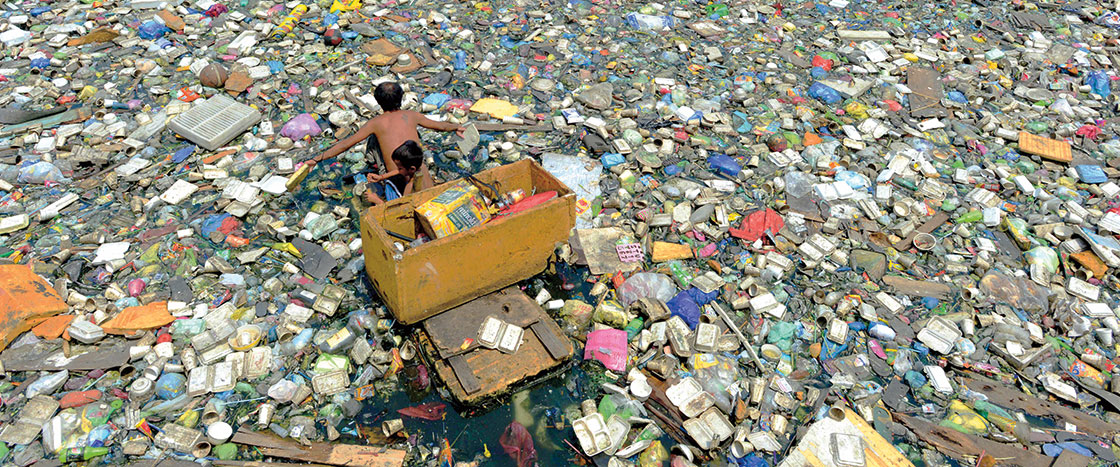Imagine that you are a plastic soda bottle sitting on a shelf in some store. One day, a human comes along, plucks you from the shelf, and gulps down the soda you contain. Then you are tossed into a recycling bin.
But you won’t be recycled. Like most plastic, you don’t make it that far. Instead, you are blown around until you land in a river that carries you out to sea.
What happens to you now?
Sunlight and saltwater will slowly break you down into tinier and tinier pieces. Some of these pieces will float around in the ocean for centuries. (In the year 2500, some of these pieces may still exist.) Other pieces will be eaten by fish, sea turtles, and birds. Many of these animals will get sick. Some will die.
Today, experts are sounding the alarm about the problem of plastic trash. Seven billion tons of it has accumulated on our planet. (How much is that? Put it this way: An elephant weighs just 6 tons.) Much of this plastic has ended up in the ocean, where it has created a crisis.
But not so long ago, there was no such thing as plastic.
So how did we get here?
And what can be done?


